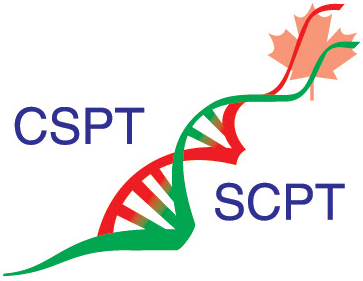Competitive Inhibitor
Definition:
A competitive inhibitor is a molecule that has a similar structure to the substrate of an enzyme or receptor, competing for binding on the same active site on the enzyme or receptor. When the inhibitor occupies the active site of the enzyme, the enzyme is unable to bind to the substrate and is inhibited. Binding of a competitive inhibitor to the active site of a receptor renders the receptor unable to bind its ligand.

Image: A competitive inhibitor competes with a substrate to bind at an active site. Should a competitive inhibitor bind to the active site, the enzyme’s function will be disrupted.
Example:
Methotrexate is a drug used to treat several cancers, severe psoriasis, rheumatoid arthritis and inflammatory bowel disease. Methotrexate is similar in structure to folic acid and inhibits the enzyme dihydrofolate reductase (DHFR), which is responsible for reducing folic acid to tetrahydrofolic acid. Moreover, tetrahydrofolate must be regenerated by DHFR and is necessary for thymidylate and purine nucleotide biosynthesis. Methotrexate competes with folic acid to bind to DHFR and therefore inhibits this enzyme, reducing nucleic acid synthesis which in turn interrupts DNA synthesis, repair, and cellular replication.
Teaching Tips:
https://www.youtube.com/watch?v=d_etkljNZxk

Michaelis-Menten plot demonstrating the difference in reaction velocity in the absence of an inhibitor compared to the presence of a competitive inhibitor.
Linked terms: Ligand, Substrate, Transmembrane Receptor, GPCRs, Enzyme, Vmax, Km
Resources:
Hanoodi, M. (2023, August 16). Methotrexate. StatPearls - NCBI Bookshelf. https://www.ncbi.nlm.nih.gov/books/NBK556114/
Pelley, J. W. (2012). Enzymes and Energetics. In Elsevier’s Integrated Review Biochemistry (pp. 29–37). Elsevier. https://doi.org/10.1016/B978-0-323-07446-9.00004-0
Return to Glossary
